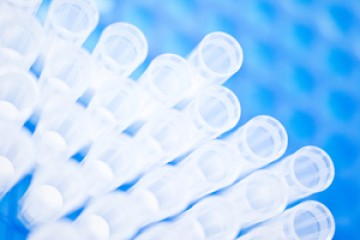Project grant
A compartmentalised chamber for the in vitro study and manipulation of axon degeneration

At a glance
Completed
Award date
March 2010 - August 2012
Grant amount
£210,869
Principal investigator
Professor Victor Perry
Co-investigator(s)
Institute
University of Southampton
R
- Replacement
Read the abstract
View the grant profile on GtR
